This post may contain affiliate links which means I will get a commission if you make a purchase at no additional cost to you. As an Amazon Associate I earn from qualifying purchases. Please read my disclosure for details.
In a world where food trends spread at the speed of social media, the line between cultural appreciation and misrepresentation has never been thinner. From “clean” versions of traditional dishes to oversimplified fusion experiments, ethnic cuisines often face distortion in ways that diminish their rich cultural heritage.
The issue extends beyond mere recipe modifications. As restaurants and food influencers chase viral success, centuries-old culinary traditions are being reduced to hashtags and stereotypes, raising important questions about cultural authenticity and respect in modern food culture.
“Clean” or “Healthy” Versions of Traditional Dishes
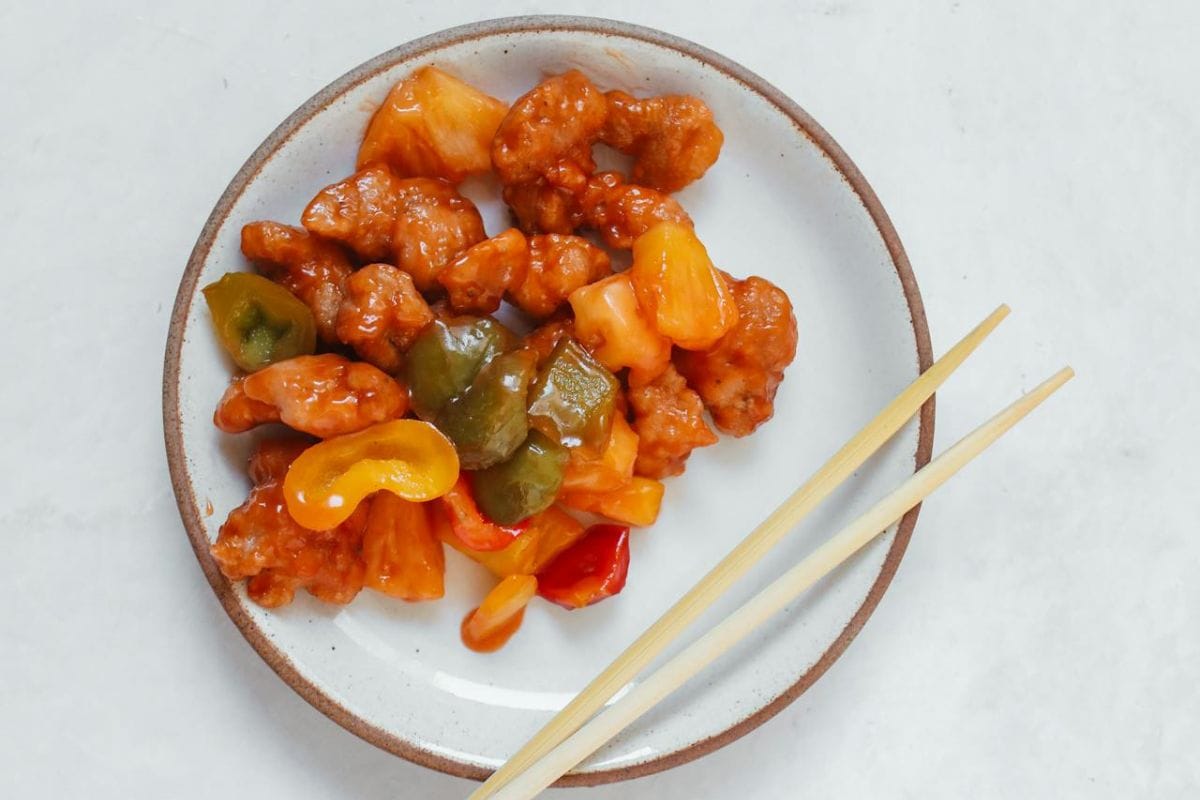
WANT TO SAVE THIS RECIPE?
The trend of modifying traditional ethnic dishes to fit Western health standards often leads to problematic misrepresentation. A notable example was Lucky Lee’s, a white-owned Chinese restaurant that marketed “clean” versions of Chinese dishes, suggesting traditional preparations were unhealthy or unclean.
While recipe adaptations can be acceptable, they become problematic when they render dishes unrecognizable from their original form and implicitly criticize traditional preparation methods.
Oversimplification of Complex Culinary Traditions
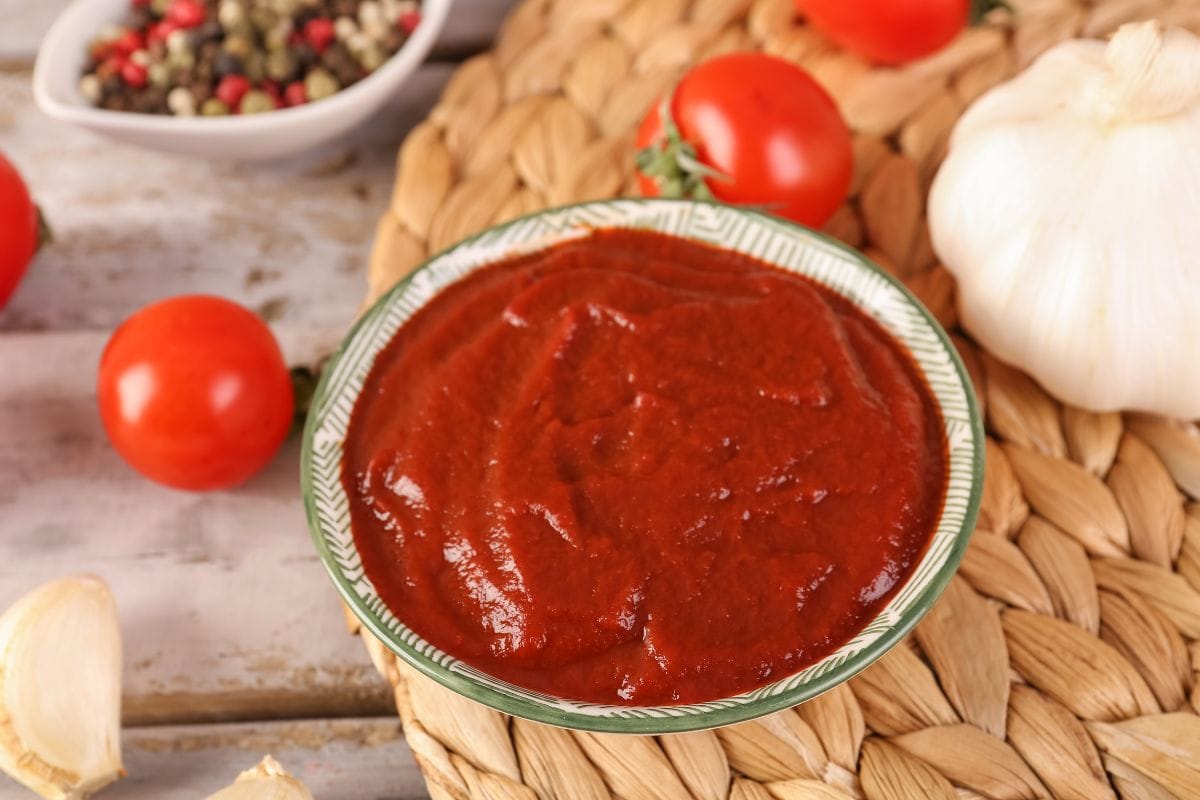
National cuisines often face reduction to basic stereotypes, ignoring their rich variations and depth. For instance, American barbecue encompasses distinct regional styles, from Kansas City’s sweet tomato-based sauces to North Carolina’s vinegar-based preparations – yet it’s frequently presented as one uniform style.
This simplification particularly affects Asian and Latin American foods. China’s culinary landscape includes 56 ethnic groups and numerous regional styles, each with unique ingredients and techniques.
Yet many restaurants and food culture commodification reduce these traditions to a limited menu of familiar dishes, stripping away centuries of culinary knowledge and cultural context.
Related Post: 13 Shocking Food Industry Secrets That Will Change How You Eat Forever
Misuse of Ingredients and Cooking Techniques
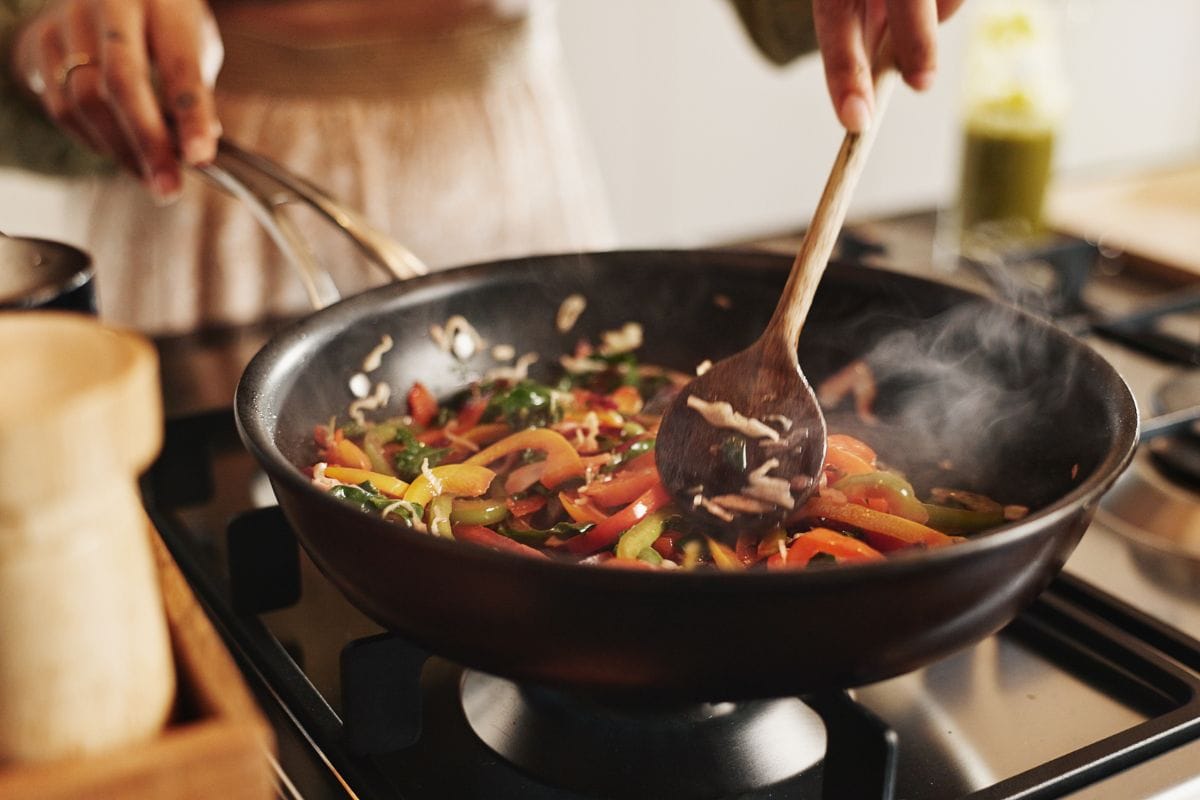
Incorrect use of ingredients and cooking methods can distort traditional dishes. A prominent example is Andrew Zimmern’s Filipino Short Rib recipe, which featured chopsticks in its presentation despite Filipinos not using them in their dining customs.
Such misrepresentation extends to ingredient substitutions that change fundamental taste profiles. These changes often stem from a lack of familiarity with traditional preparation methods and ingredients’ roles in specific cuisines.
Sign up now to receive our exclusive e-cookbook filled with top-rated recipes for FREE!
Stereotypical Presentation and Decor

Social media platforms like Instagram often present ethnic foods with exaggerated cultural markers. Photos frequently show Asian dishes alongside bamboo props and chopsticks, regardless of the dish’s actual origin or traditional serving methods.
The “#ethnicfood” hashtag on Instagram reveals a telling pattern – it’s used almost exclusively for dishes from countries with non-white populations. Such presentation methods reduce rich cultural traditions to simplified visual cues, affecting how people perceive and value these cuisines.
Related Post: 12 Popular Banned Breakfast Cereals That Are Still Sold in America
Inaccurate Fusion or “Inspired By” Dishes
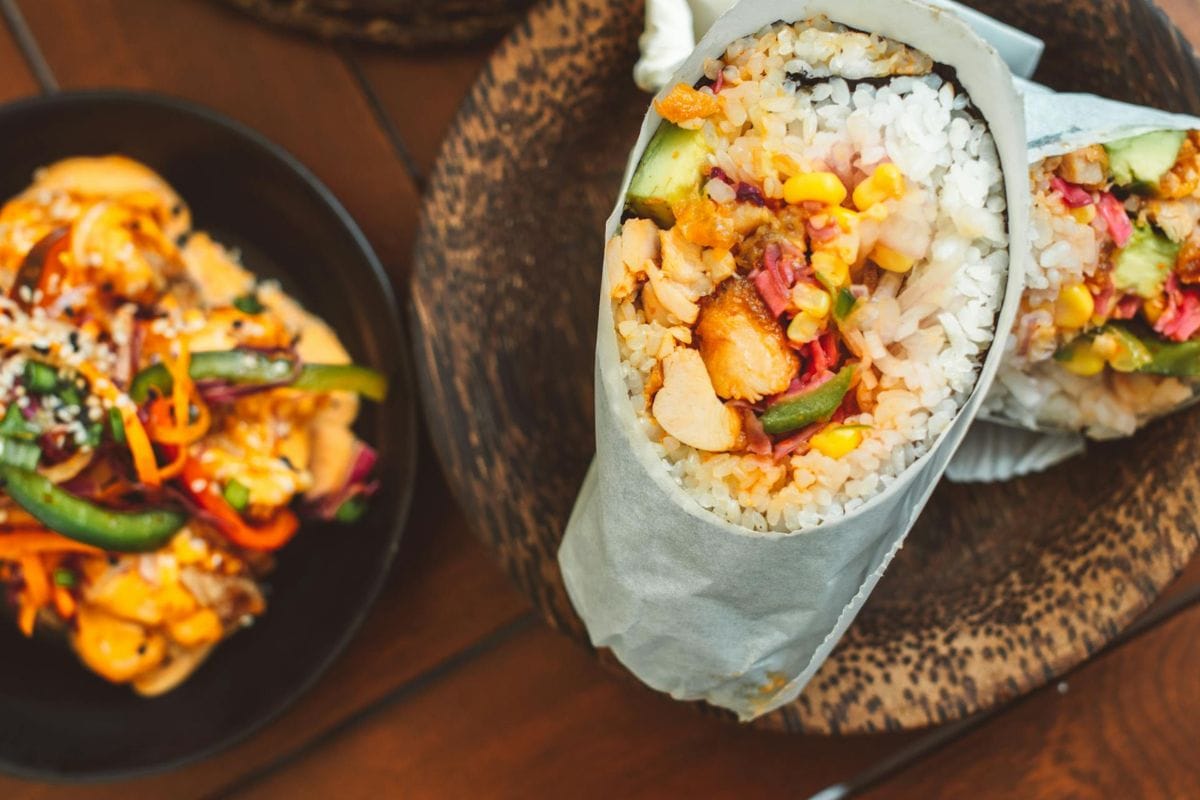
Food culture changes globally at an increasing rate, leading to combinations that sometimes miss the mark. Many fusion cuisines fail to honor the original cuisines they draw from, creating dishes that muddy cultural understanding rather than building bridges.
Common examples include sushi burritos and kimchi quesadillas, which often lack proper context about their source cuisines. These combinations can confuse diners about traditional preparation methods and cultural significance.
Successful fusion requires thorough knowledge of both culinary traditions. Chefs must understand ingredient roles, cooking methods, and cultural contexts to create meaningful combinations that respect both cuisines’ heritage rather than simply mixing elements at random.
Related Post: 7 Points That Challenge the Premium Price of Organic
Misrepresentation of Dish Origins or Cultural Significance
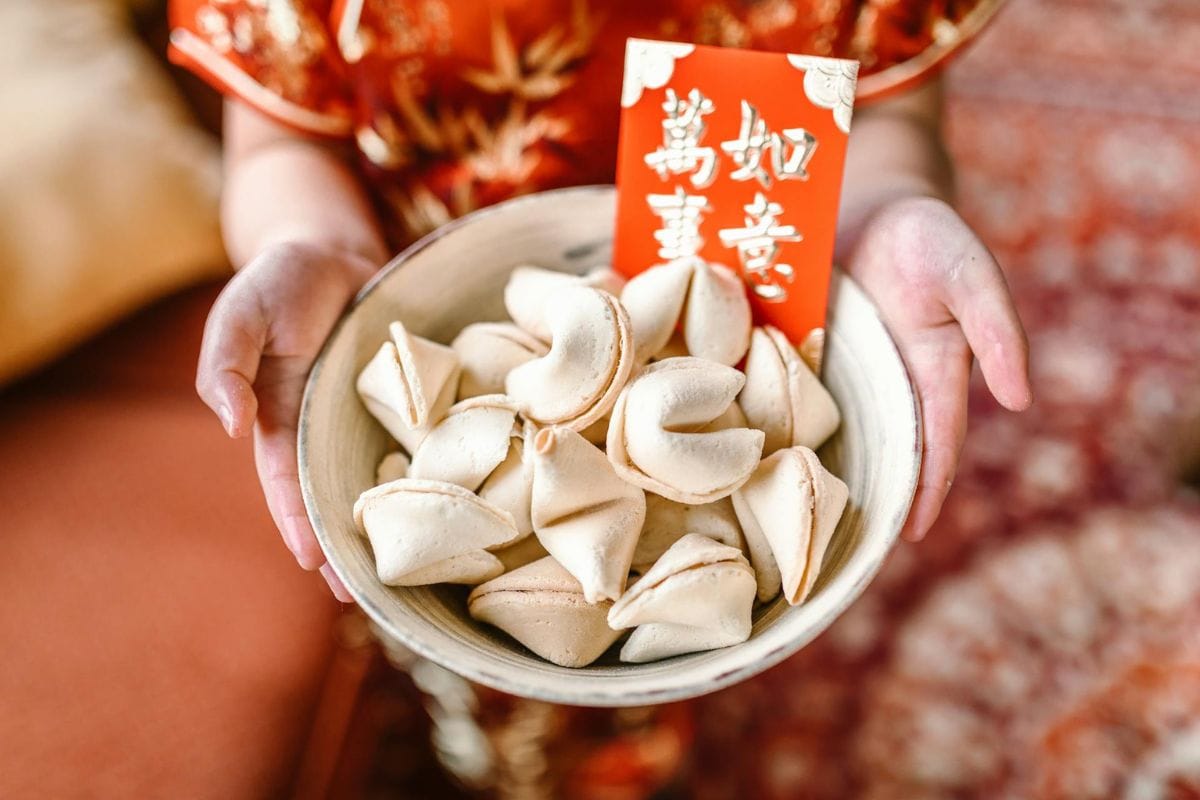
Popular dishes often get attributed to incorrect cultural origins, creating misconceptions about food heritage. Fortune cookies, widely associated with Chinese cuisine, actually originated in California. These attribution errors matter because they shape public understanding of cultural food traditions.
When restaurants and media outlets present modified dishes as authentic cultural items, they blur the lines between adaptation and origin. This misattribution can overshadow genuine traditional preparations and minimize the historical importance of actual cultural dishes.
Sign up now to receive our exclusive e-cookbook filled with top-rated recipes for FREE!
Overemphasis on “Exotic” or “Authentic” Labels
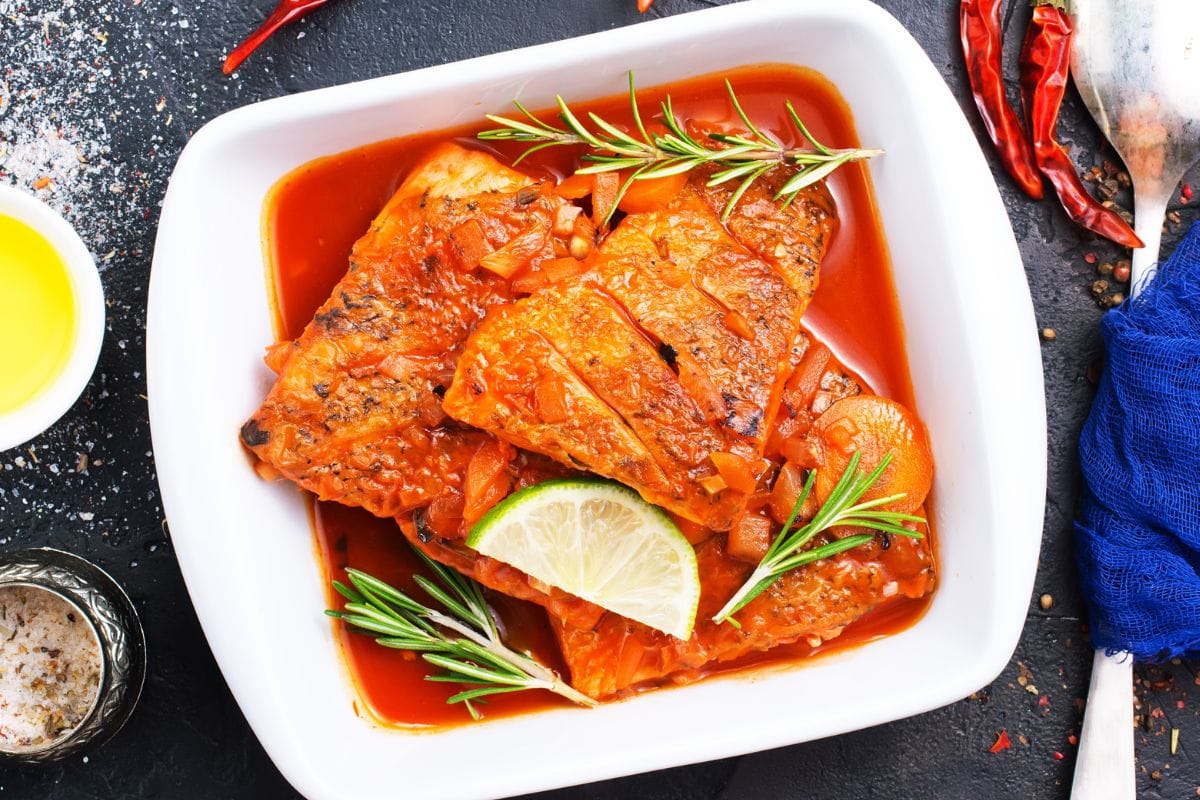
The practice of labeling ethnic foods as “exotic” or “authentic” often reduces cultural cuisines to marketing terms. Many restaurants apply these descriptions without understanding their implications.
The term “authentic” typically appears alongside cuisines from non-Western cultures, creating a false divide between original preparations and adapted versions. This labeling system turns everyday meals from other cultures into novelties, separating the food from its cultural context.
Restaurant owners and food writers frequently use these terms to signal cultural legitimacy, yet this approach can minimize the real experiences of communities who created these dishes.
Related Post: 10 Ingredients That Are Secretly in Your Food but Aren’t on the Label
Ignoring Regional Variations Within a Cuisine
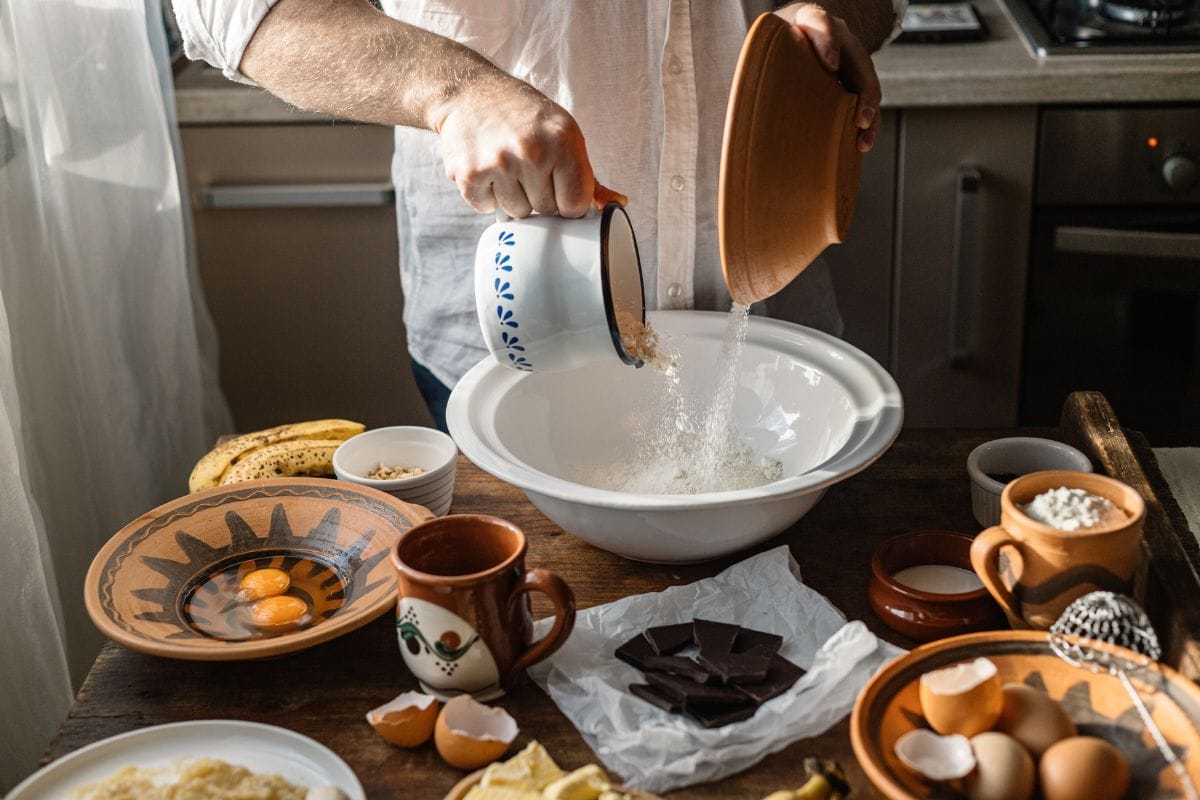
The practice of generalizing entire culinary traditions overlooks critical regional differences. China’s food landscape spans 56 ethnic groups, each with distinct cooking methods and flavor profiles. Yet many restaurants and cookbooks present Chinese food as a single, uniform cuisine.
Similar oversimplification affects Indian cooking, where northern and southern dishes differ significantly in ingredients and preparation. For example, while northern regions use wheat-based flatbreads, southern areas favor rice-based dishes.
Related Post: 7 Reasons High-End Restaurants Overcharge You
Appropriation without proper credit or context

Many restaurants and food businesses take traditional recipes from various cultures, rebrand them, and profit without acknowledging their origins. For example, some trendy cafes rename gyoza as “Asian dumplings,” removing cultural specificity and history from the dish.
This practice often makes traditional foods inaccessible to the communities that created them, as prices increase and locations move to upscale neighborhoods. When chefs modify street food into high-end restaurant offerings, they frequently overlook the laborers and families who developed these recipes over generations.
Credit and context matter – proper acknowledgment helps preserve culinary heritage and shows respect for the source cultures.
Sign up now to receive our exclusive e-cookbook filled with top-rated recipes for FREE!
The Path Forward: Preserving Culinary Heritage
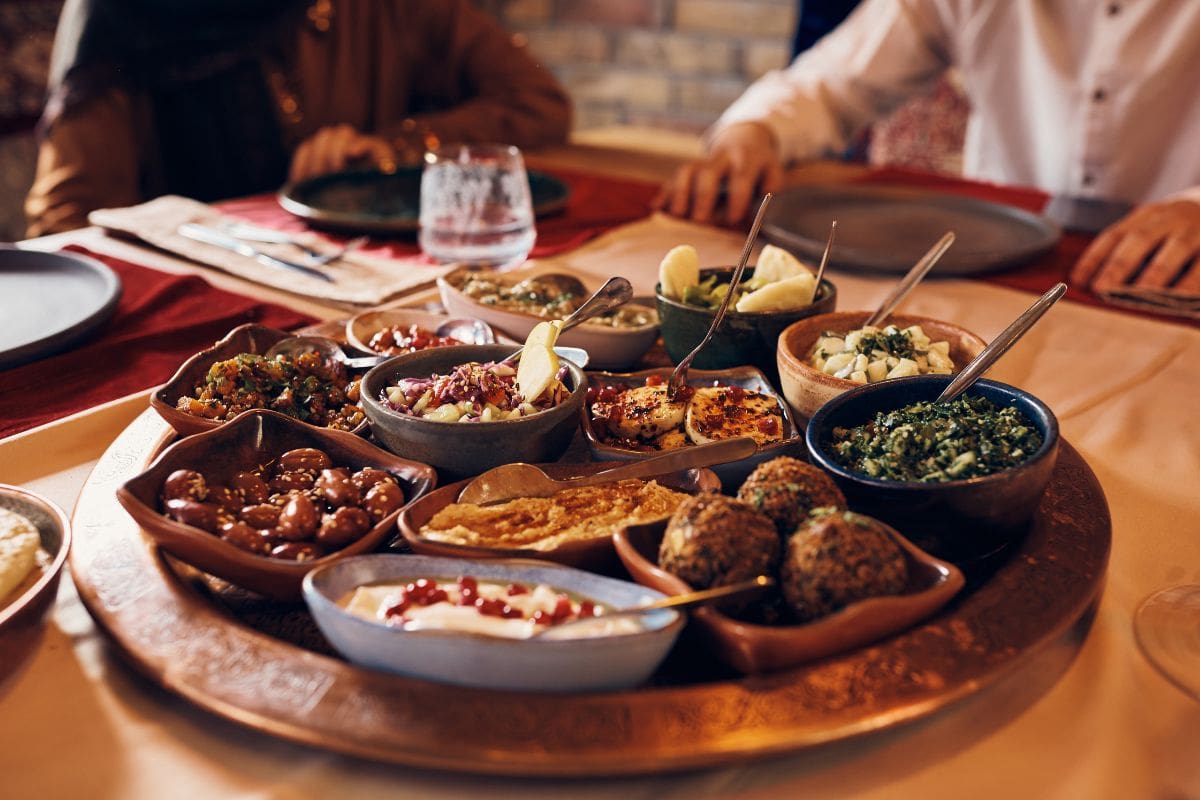
The misrepresentation of ethnic cuisines reflects broader challenges in cultural understanding and respect. While innovation and adaptation in cooking are natural, they must be balanced with proper acknowledgment of traditions and origins. This requires moving beyond superficial appreciation to deeper engagement with cultural contexts.
The future of global cuisine depends on our ability to celebrate diversity while maintaining authenticity. Chefs, food writers, and consumers all play crucial roles in ensuring that culinary traditions are preserved and properly represented, even as they evolve for contemporary audiences.
Disclaimer: This list is solely the author’s opinion based on research and publicly available information.
10 Old-School Restaurant Chains That Barely Exist Now

America has seen its fair share of beloved restaurant chains come and go. While some nostalgic favorites have completely disappeared, others are hanging on by a thread, with only a handful of locations left. These restaurants once thrived, serving up classic American comfort food, burgers, and shakes to generations of diners.
Read it here: 10 Old-School Restaurant Chains That Barely Exist Now
11 Expensive Grocery Items That Are Cheaper in a Different Aisle

Grocery stores are designed to make you spend more than necessary, often by placing similar products in different aisles with dramatically different price tags. Many shoppers unknowingly pay premium prices for items that can be found cheaper just a few shelves away. By knowing where to look, you can save big on everyday essentials.
Read it here: 11 Expensive Grocery Items That Are Cheaper in a Different Aisle
15 Sneaky Corporate Tricks That Make You Spend More Without Realizing

From grocery stores to online retailers, corporations use a variety of subtle tactics to get you to spend more than you intended. These psychological tricks make purchases feel like good deals, even when they aren’t. The more you understand these sneaky marketing strategies, the better you can resist unnecessary spending and keep your budget in check.
Read it here: 15 Sneaky Corporate Tricks That Make You Spend More Without Realizing
You’ll love these related posts:
